Thach Han is the longest river in Quang Tri province, nearly 160 kilometers long, originating from the Truong Son Dong range. The river has witnessed many national wars to protect the Fatherland, both against French colonialism and American imperialism, to save the country. The river flows through many peaceful villages, creating fertile lands, the birthplace of many characters who have left their mark in the history of their homeland.
The river is defined by its "identity" as the water source from... the sweat of rocks, as many artists have explained, specifically through the song "Sweat of Rocks" by Xuan Vu. From Vung Kho village of Dakrong commune, Dakrong district, Quang Tri province, close to the Trans-Asian Highway - National Highway 9, the river joins two sources from Rao Quan (Huong Hoa district) and Dakrong source (Dakrong district) and continues to flow downstream. Through Ba Long War Zone, it is called Ba Long River and continues downstream to Hai Lang, Trieu Phong, joins Hieu River from Cam Lo (Quang Tri) and flows to Cua Viet.
At the river junction, Vung Kho village, where King Ham Nghi and his entourage left their footprints when they fled, suffered bitterness and slept on thorns to fight the French. The Van Kieu people here recount that, close to the riverbank, near Bong Kho bridge, they dug up a giant bronze pot. It was a souvenir of the group on the way from Tan So citadel (Cam Lo) along the upper road to Huong Son ( Ha Tinh ) to fight the French during the Can Vuong Movement. According to the Bru-Van Kieu language, kho means pot, so Vung Kho village got its name from there.
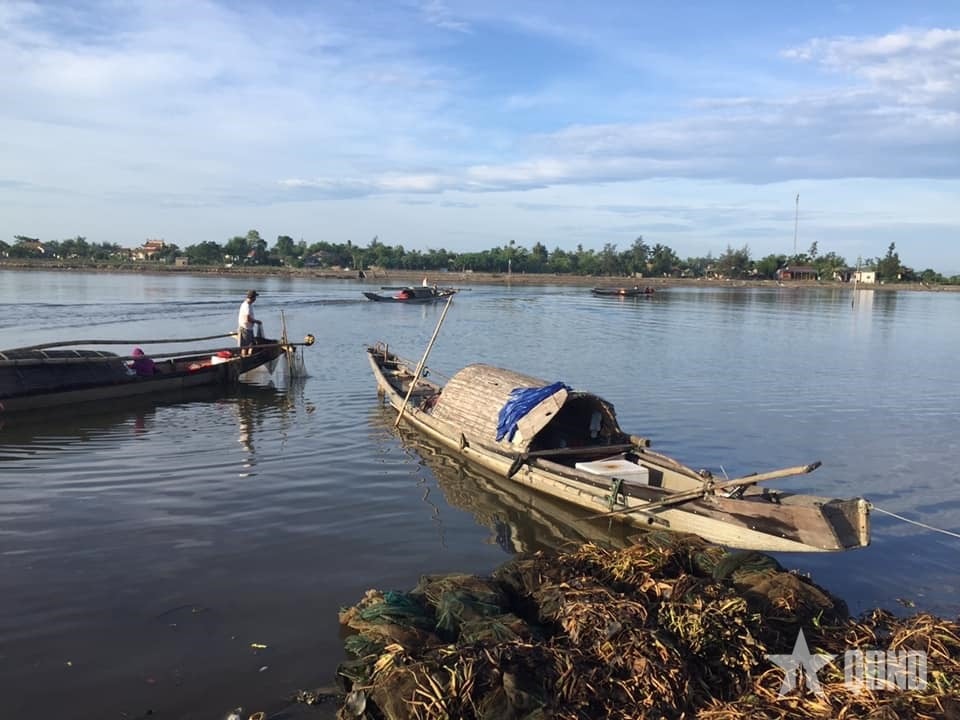 |
| Thach Han River through Bac Phuoc Islet (Quang Tri). |
It can be said that the upstream of the Han River is strong, like a muscular Van Kieu boy, crossing many rapids and fierce waters, then gentle and deep in the plains like a Kinh girl with many dignified and romantic features... The Han River is the Cai River in the consciousness of the people of Quang Tri. Together with Mai mountain-Mai Linh mountain in Krong Klang town (Dakrong district), it forms a symbolic pair of Mai mountain-Han River like the Huong river-Ngu mountain in Hue ; An mountain-Tra river of Quang Nam...
Before flowing out to the ocean, Thach Han merged with Hieu River and left behind alluvium to form fertile islands such as Con Nong and Bac Phuoc right next to the estuary. Bac Phuoc island used to have 3 villages, including Duong Xuan, Duy Phien and Ha La. Now it is merged into one and called Bac Phuoc village. On the island there is a lagoon system with 3 types of water including fresh water, brackish water and salt water, so this place can be called a miniature Tam Giang lagoon of Thua Thien Hue. Due to that characteristic, the fish and shrimp here are very diverse and considered the most delicious in Quang Tri province.
The island is surrounded by rivers and water. Every flood season, the river rises high and the water swirls, the island is as small as a leaf in the current, as if it were slipping out to sea before the wrath of heaven and earth. In the past, if you wanted to cross the island, you had to take a ferry. The ferry to pick up passengers across the river was located at Con Dong in An Cu village, on the right bank of the river. An Cu has long been famous for its education and for passing exams to become mandarins. The most famous person was probably Duke Nguyen Van Tuong, a famous mandarin who played a very important role in the Nguyen Dynasty. He used to be the district chief of Thanh Hoa (present-day Huong Hoa, Dakrong and Cam Lo), so he was knowledgeable about the terrain, geography as well as the hearts of the local people. Therefore, he was the one who conceived and built Tan So citadel in Cua, Cam Lo district, preparing for the Can Vuong Movement against the French later. From the capital Hue, food and weapons followed the O Lau and Vinh Dinh rivers to the Thach Han river, then followed the Hieu river to Cam Lo to enter Cua.
Going back in history nearly 500 years ago, this estuary also witnessed the entourage of Lord Nguyen Hoang following the Han River to the capital at Phu Sa hill in Ai Tu to begin the process of expanding the territory, advancing to the South. Now, going across the island is no longer by boat like before. A majestic bridge has been built across the river, bringing convenience, connecting the oasis with both banks. People in the countryside still repeat the old saying of the islanders, that "first Uncle Thich, second Chairman". Uncle Thich used to be a long-time ferryman on the island. To cross the river, one had to rely on the ferry, and Uncle Thich became a more important person than the commune chairman. That is a somewhat humorous comparison but clearly shows the importance of the ferryman across the river during the difficult period of this homeland.
The island has only about 300 households, the main occupation is fishing along the river, lagoon and shrimp farming. Due to the acidic water, rice cultivation has low productivity, the fields can only grow one crop per year. However, the dragon blood rice variety, also known as red rice, saltwater rice here is very famous. It is a dry rice, difficult to chew but has become a product sought after by many people when coming to the island. And today, Bac Phuoc dragon blood rice has become a specialty to "climb" on planes and trains to go everywhere; becoming a valuable gift when mentioning the island. Currently, the area of dragon blood rice cultivation is gradually decreasing, giving way to shrimp ponds. Bac Phuoc dragon blood rice, which was once precious, has now become even rarer.
On the riverbank in Ha La village is Bac Phuoc market. In the morning, this place is very bustling, on the shore people buy fish, on the river boats from Cua Viet, Trieu An, Trieu Do stop by to sell their catch all night. From here, fish and shrimp are taken by passenger buses to districts and towns to supply customers. The furthest you can go is to Lao Bao border and through neighboring Laos. The market opens quickly and briefly but the products are very rich. In addition to fish and shrimp, other indispensable products of the island region are seaweed, tapioca flour (tapioca flour) grown here and snacks with a strong river flavor.
The island is about 4 square kilometers wide. It is surrounded by a rather large dike. From the dike out are mangrove forests with the main tree being mangrove. The mangrove forest protects against storms and is a shelter for fish, shrimp, and storks and cranes. The island has about 100 hectares of water surface. They established a cooperative, then farmed together and shared the profits at the end of the year.
The largest is Duy Phien lagoon, where there is a perfect ecosystem for fish and shrimp to grow naturally without food. The adopters (dam fighters) only need to buy really good breeds and release them, take the trouble to protect them, and then come the fishing and exploitation season. Therefore, the fish and shrimp here are clean foods, and are confidently consumed by customers everywhere. Every year, the profits from renting the lagoon are reinvested in the canals, welfare works, and cultural institutions of the village. After accounting, the remaining profits are divided equally among the households. Therefore, for many years now, every spring, local residents have received a "bonus" of about 2 million VND/person. That is the income that nature has bestowed upon this land.
Although not far from the center of Dong Ha province, only 15 kilometers, the island's space is very peaceful, like an attractive resting place with rivers, forests, flocks of storks and cranes... The peaceful natural picture along with rich cuisine has made many people want to come here to rest.
Travelers who have come to the island cannot forget the sour soup cooked with goby fish or snakehead fish. There was a time when you could catch goby fish by just walking along the riverbank and turning over each stone. Picking a handful of rice tomatoes in the garden can make a delicious bowl of soup. This land is famous for its pickled vegetables because of the water source used to make the pickles. According to the locals, the sour taste of the water source creates such delicious and crunchy pickles. Here, there is a rather strange way to cook instant soup. Fresh fish are caught from the pond, cleaned, not gutted (because the fish eat natural food, so the guts are fragrant and fatty), boiled in a pot of water until it boils, then put in the fish. Crush the onion, chili, wait for the pot of fish to boil, then put in the fish and season with salt. This is a famous instant soup, it is more flavorful than normal soup and lighter than the traditional way of cooking. A bowl of hot red rice with this soup poured in is extremely delicious. The spicy taste of chili, the bitterness and fat of fish create an unmistakable aftertaste. While eating, you sniffle, sweat and still praise it. Locals explain that the instant soup here is delicious because it has fresh fish, wild fish and especially the water source. It is the water source that makes the difference. Therefore, when customers from Dong Ha city, Quang Tri town and neighboring areas come to the island to buy fish and buy nem, they do not forget to scoop up a little water to cook it properly!
Standing in the midst of independence and freedom today, in the historic days of April, I imagine a day when my hometown island becomes a resting place for tourists. Because the natural conditions are sufficient, we only need suitable policies and models for the island to change. In addition to the above, there is probably no other place like this at the end of the Han River, where people can sleep without locking their doors at night and every year, the profits from exploiting aquatic resources are divided equally among households after deducting infrastructure investments.
Article and photos: YEN MA SON
* Please visit the Culture section to see related news and articles.
Source: https://baodaknong.vn/noi-cuoi-nguon-thach-han-251385.html


![[Photo] The Government Standing Committee works with ministries and branches on the real estate market situation.](https://vphoto.vietnam.vn/thumb/1200x675/vietnam/resource/IMAGE/2025/5/24/e9b5bc2313d14c9499b8c9b83226adba)

![[Photo] Ho Chi Minh City holds funeral for former President Tran Duc Luong](https://vphoto.vietnam.vn/thumb/1200x675/vietnam/resource/IMAGE/2025/5/24/9c1858ebd3d04170b6cef2e6bcb2019e)





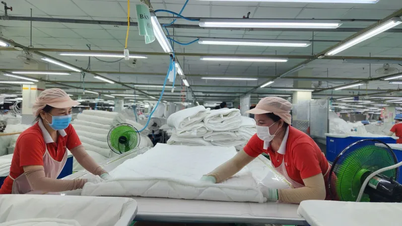
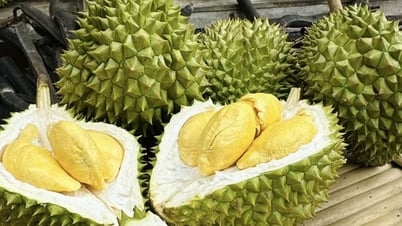

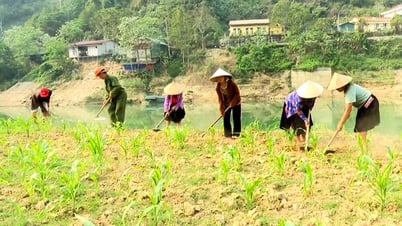


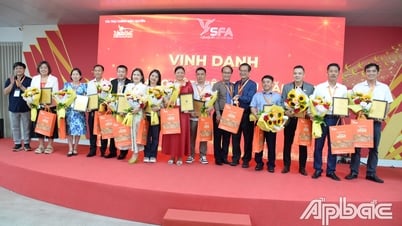




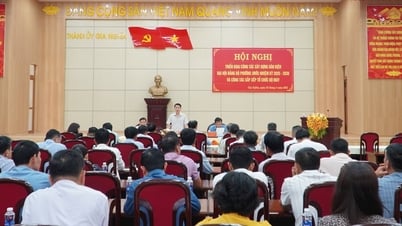

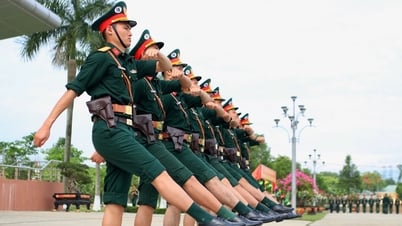
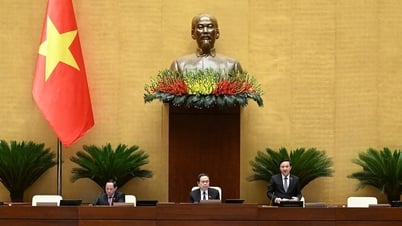
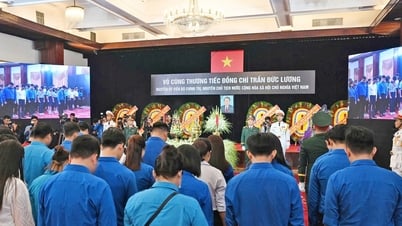



![[Photo] Party and State leaders visit former President Tran Duc Luong](https://vphoto.vietnam.vn/thumb/1200x675/vietnam/resource/IMAGE/2025/5/24/960db9b19102400e8df68d5a6caadcf6)


































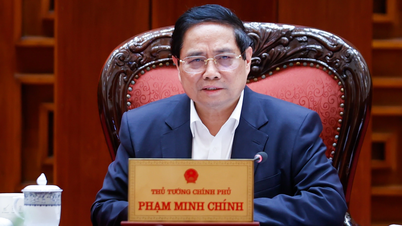










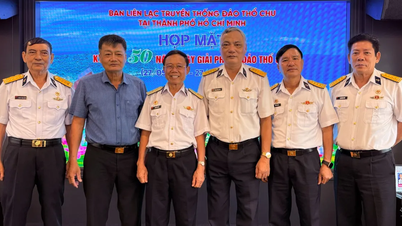

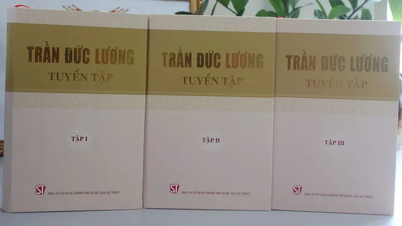
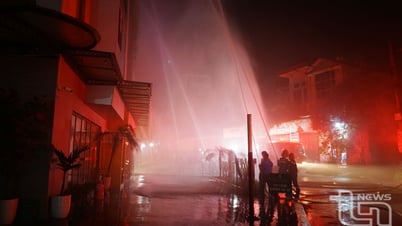












Comment (0)